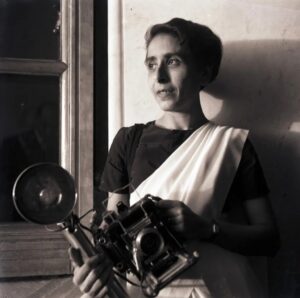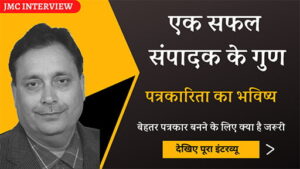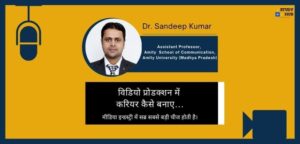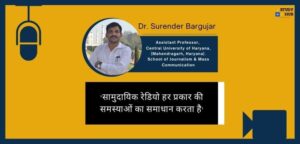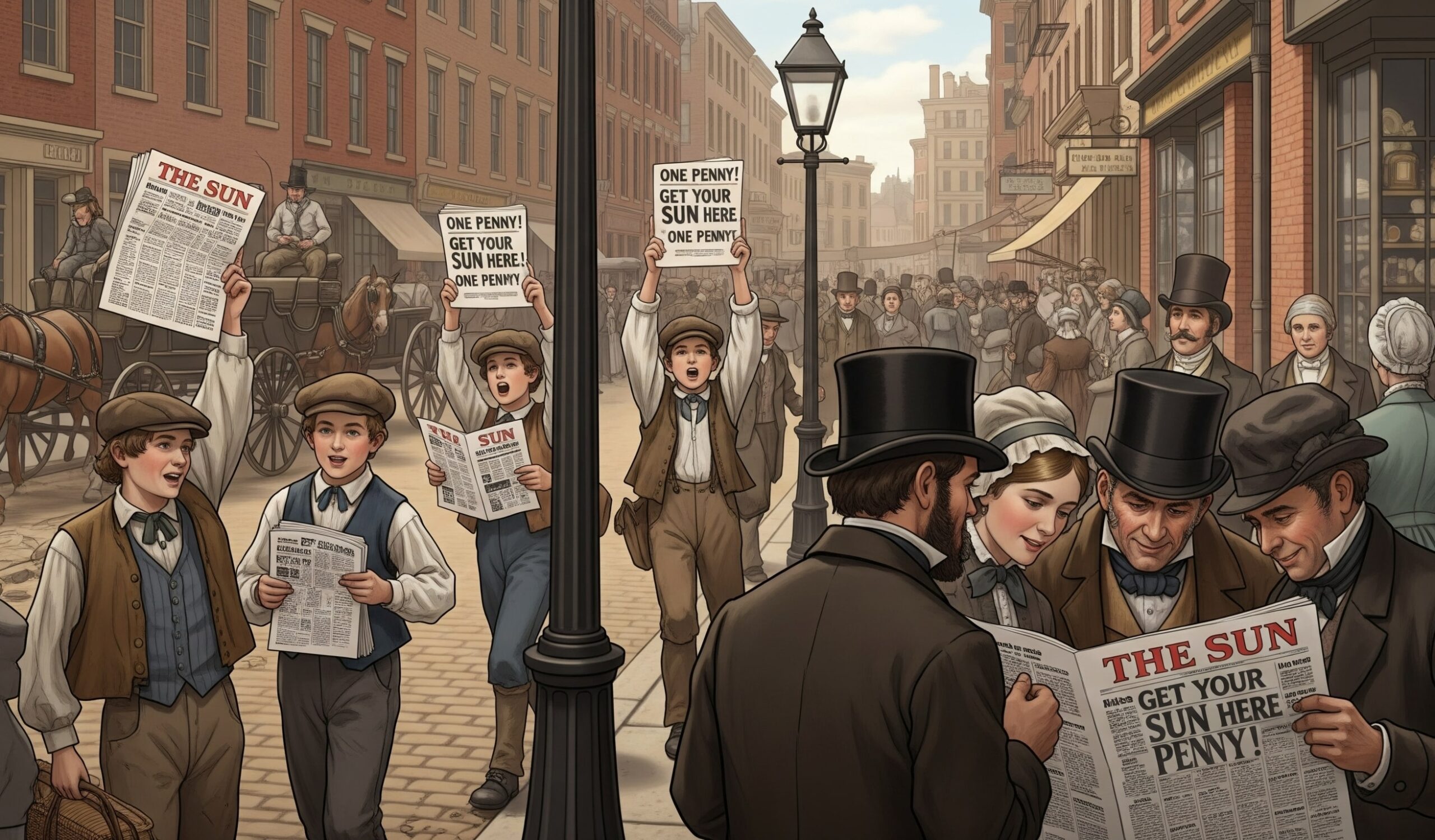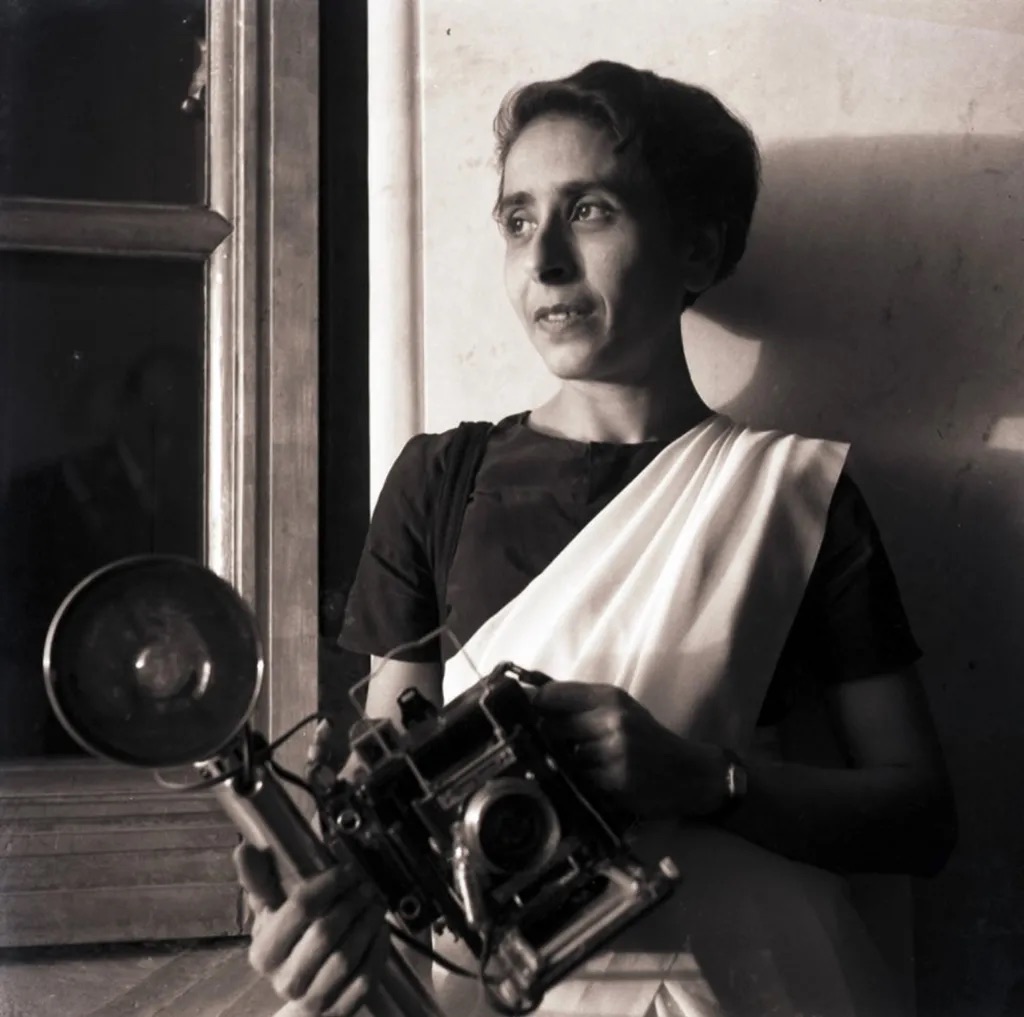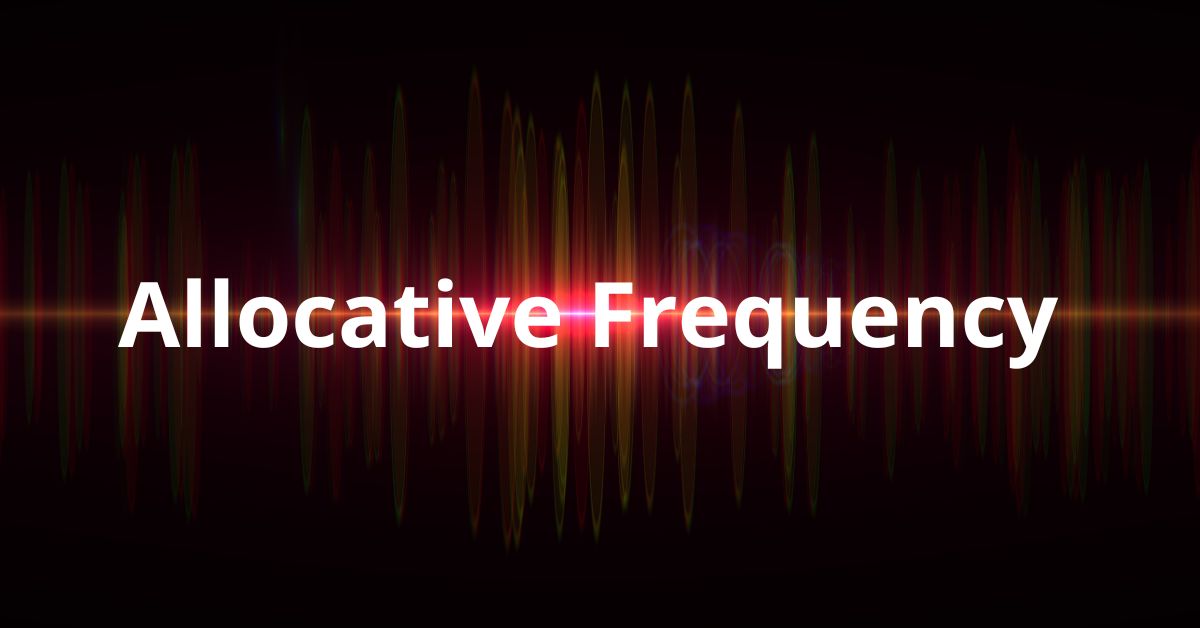Read the following passage and answer Questions.
Priming refers to the effect of some preceding stimulus or event on how we react, broadly defined, to some subsequent stimulus. As applied to the media, priming refers to the effects of the content of the media on people’s later behavior of judgments related to the content. The ubiquitous nature of the media in our lives makes it a powerful tool for priming how we think and behave. Perhaps because of its nature, few media scholars have questioned whether media priming exists. However, there are few direct, empirical studies of its existence or of the conditions under which it occurs. For a study to be a direct test of media priming, a control condition must be included in the design. A control condition could be as simple as a condition in which no media prime is presented before measuring relevant thoughts or behaviors. A recent meta-analysis of the media priming literature, using a loose definition of media, found only 42 published studies with sufficient control conditions. Representative studies from these domains are described below to verify the existence of media priming and to highlight the kinds of results that need to be explained by theories of media priming. Josephson in 1987 investigated the priming effects of violent media on children’s behaviour. In this study, Josephson gathered measures of young boys’ trait aggression from their teachers. The boys saw either a violent or a non-violent television program, each of comparable excitement, likeability and enjoyment value.
The violent segment contained recurring images of walkie-talkies, whereas the nonviolent program contained no walkie-talkies. The walkie-talkies served as a cue for the violent television program, but not for the non-violent program. Either before or after the television program, half the boys saw a 30 second non-violent cartoon segment that had been edited to become increasingly static-ridden, eventually worsening to “snow”. This cartoon segment was meant to frustrate the young viewers with its apparent technical malfunction. After viewing their assigned programs, the boys were mock interviewed and then sent to the school gymnasium to play floor hockey. For the mock interview, either a walkie-talkie or a microphone was used. In this way, half of the boys were exposed to the violence-related cue and half were not. The boys then took turns playing hockey and were observed both on and off the court for signs of aggressive behaviour, such as pushing other boys down, hitting other players with the hockey stick, or calling other boys abusive names. After three periods, each for 3 minutes to play, the boys were returned to the teachers. Josephson found that violent television viewing primed boys who were high in trait aggressiveness to act more violently during initial sports activity (i.e. During the first period of play). This effect was heightened both when violent programming was coupled with the violence-related cue and when violent programming was followed by frustration. However, this priming effect appeared to lessen with time, because violent programming and cues did not influence aggression in the later periods of play as strongly as in the initial period of play.
Q1. What does media priming refer
- Effect of media on subsequent stimulus
- Media content effect on people’s later behaviour
- How we think and behave
- No effect on people
Correct Ans: (B)
Explanation:
Media priming refers to how media content influences people’s future judgments and behaviors. When individuals are exposed to specific media stimuli, their reactions to related situations may change accordingly. This concept suggests that repeated exposure to certain themes or messages in the media can shape perceptions and actions. Since media is present in almost every aspect of life, it has a significant role in reinforcing ideas, attitudes, and behavioral patterns. Researchers widely acknowledge media priming, yet few empirical studies directly test its mechanisms and effects.
Q2. How can media priming be tested?
- Refer to conditions
- Examining empirical studies
- Control conditions in a research design
- Questioning priming effects
Correct Ans: (B)
Explanation:
To test media priming, researchers must examine empirical studies that include well-defined control conditions. A proper research design should compare a group exposed to media stimuli with a control group that receives no such exposure. This approach allows researchers to measure how media influences thoughts and behaviors. Without control conditions, it becomes difficult to determine whether the media itself or other factors caused the observed effects. Therefore, a rigorous scientific framework is necessary for validating media priming theories.
Q3. How were control conditions in research designs verified?
a) Meta-analysis of media priming literature
b) By giving loose definitions
c) Theories of media priming
d) One empirical study
Correct Ans: (A)
Explanation:
Researchers verified control conditions through a meta-analysis of media priming literature. By reviewing multiple studies, they identified patterns and trends in media priming research. The analysis ensured that studies included proper control groups, allowing comparisons between media-exposed and non-exposed individuals. However, despite its importance, only a limited number of studies met the strict criteria needed for conclusive results. This highlights the need for further research to better understand media priming and its implications.
Q4. How did Josephson’s verify the effect of violent programmes on youth?
- By sending boys to a hockey play
- By giving boys a Walkie-talkie
- By conducting an experimental study
- By mock interviews
Correct Ans: (C)
Explanation:
Josephson verified the effect of violent programs on youth by conducting an experimental study. He examined how violent television influenced aggressive behavior in boys, particularly those with high trait aggressiveness. The study included controlled exposure to violent and non-violent programs, followed by behavioral observations in a sports setting. Additionally, he introduced cues, such as walkie-talkies, to test their role in reinforcing aggression. The structured experiment provided clear insights into how violent media could prime aggressive responses in children.
Q5. What was the important finding of Josephson’s study?
- Conducting an experiment with school children
- Priming effect would reduce with time
- Violent television effect on boys
- Walkie-talkie effect on boys
Correct Ans: (B)
Explanation:
Josephson’s study found that the priming effect of violent television diminished over time. Initially, boys exposed to violent programs displayed heightened aggression, especially when violent cues and frustration were present. However, as time passed, the effect gradually weakened, indicating that media-induced aggression is not permanent. This finding suggests that while media can strongly influence short-term behavior, its long-term impact may depend on continued exposure and reinforcement.




